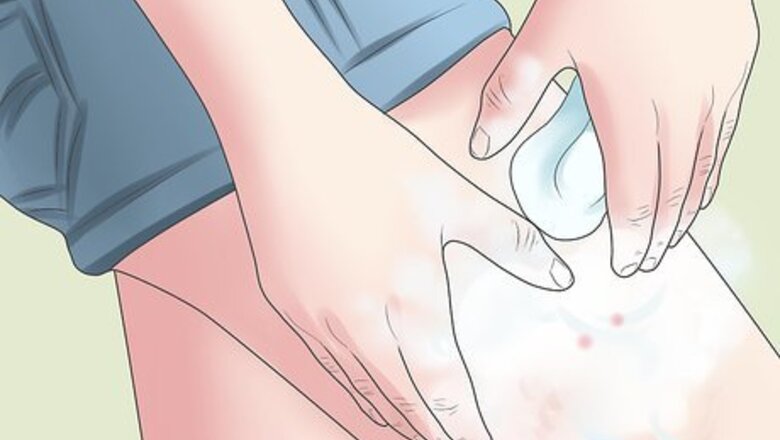
views
Immediate First-Aid After a Bite Occurs

Clean the bitten area and bite very thoroughly with water and soap. Once bitten, you should clean the wound thoroughly with a lot of soap and water as soon as possible. Washing the bite right away will lower the chance of infection. Rabies is passed through the saliva of an infected animal, and if you are bitten by such an animal, the virus could enter your body through the bite. Rinse the bite with clean water and apply several applications of soap to the wound. Rinsing the bite will lower your chances of actually becoming infected because you will rinse out the virus before it has a chance to move any further into your body.

Use a disinfectant like povidone-iodine if you have any disinfectant on hand. Pour or dab some disinfectant onto the wound. The disinfectant will work to kill off the virus before it can infect the person who has been bitten.
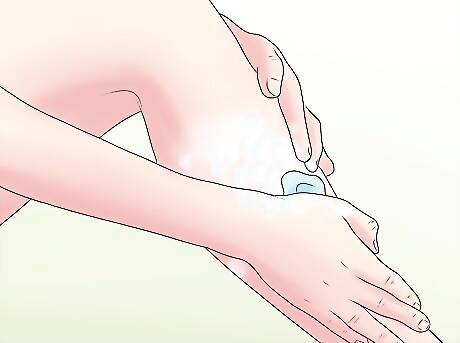
Wash any area of the body that was exposed to the saliva of the infected animal. If the animal's saliva touched any other part of the person’s body who got bit, it is very important to wash that area with soap and water. Most importantly, wash the eyes, nose, and mouth if they came into contact with the animal’s saliva, as in some cases, the virus can pass through the mucus membrane of a person’s eye, nose, or mouth.
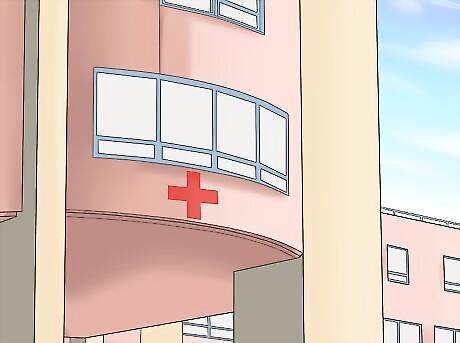
Take the bitten person to the hospital immediately after cleaning the wound. After you have thoroughly rinsed the bite, take the person to the hospital right away. Once there, tell the nurse and doctor exactly what happened so that proper treatment can begin right away.
Seeking Medical Help
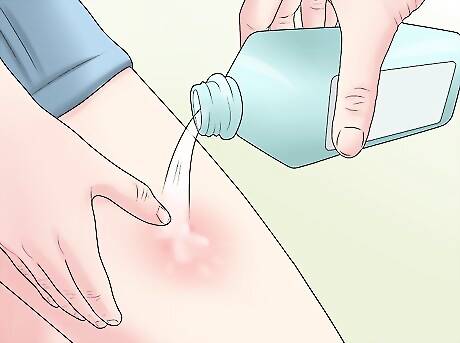
Have the bite site washed with disinfectant. When the bitten person gets to the hospital, the bite will be washed again. The nurse will first wash the bite with soap and water, and will then apply a disinfectant to the site.
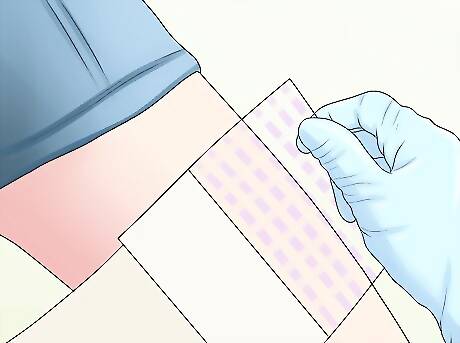
Understand that the doctor will assess the bite and dress the wound. The doctor will inspect the wound to ensure that it is clean and that there are no signs of bone or tissue damage. A loose dressing will be applied on top of the wound to prevent any microbes from entering the bite. The wound should not be stitched because this increases the chance of exposing the nerve endings to the virus therefore increasing the chances of being infected.
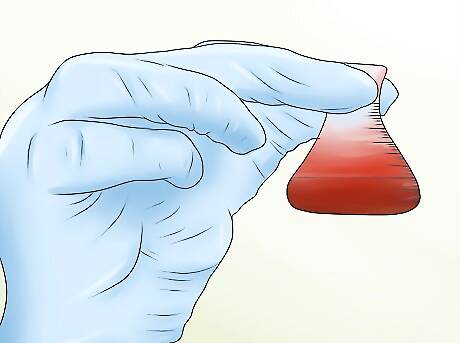
Get laboratory tests done to determine whether or not the rabies virus is present. The doctor will order laboratory tests to be done to the bitten person. These tests will help to determine whether the person is infected with the rabies virus. The laboratory tests will be done on the skin and saliva of the patient where a specimen is taken to the laboratory for analysis. The doctor will discuss the person’s history to determine the level of contact the person had with the infected animal. This will help in determining the chances of infection and the need for treatment.
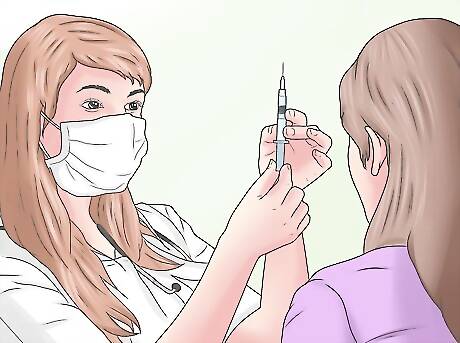
Be prepared to get a tetanus shot. Depending on when he or she had her last tetanus shot, the bitten person may be given a tetanus shot. This, of course, is to prevent tetany, another issue that can occur from being bitten by an animal. Tetanus injections are given on first contact, at 2 months, 3 months, and 4 months, 1 year and after 13-18 years.
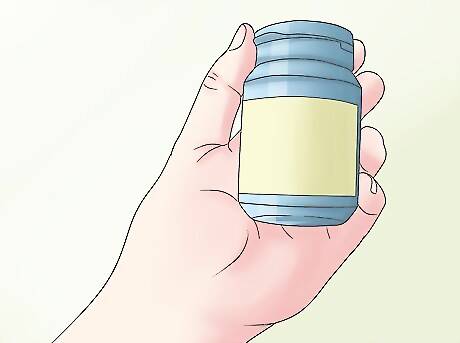
Take antibiotics. To keep infection from occurring, the bitten person will be given antibiotics. The most common antibiotic for the prophylaxis treatment of rabies is amoxicillin-clavulanate (augmentin). The augmentin is generally recommended as 1G taken twice a day for 14 days.
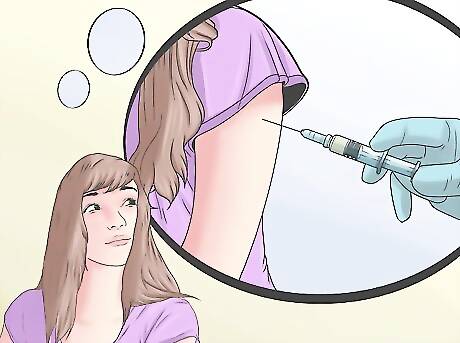
Be ready for a series of anti-rabies vaccines if the rabies virus is present. The bitten person will be given an anti-rabies vaccine called human rabies immune globulin. This shot is injected into the hip and site of the bite for a rapid protection against the rabies infection. The immunoglobulin acts by producing antibodies specifically made to neutralize the virus and stop it from spreading. These injections are usually given on initial contact with the rabies virus, third day, seventh day, fourteenth day and 28th day. After the shot in the hip and bite site on the first day, the rest of the shots will be injected into the arm. If the person has already had a rabies vaccine, the person will be given two doses. The first dose will be give on the day the person was bit and then the second dose will be given three to seven days later.
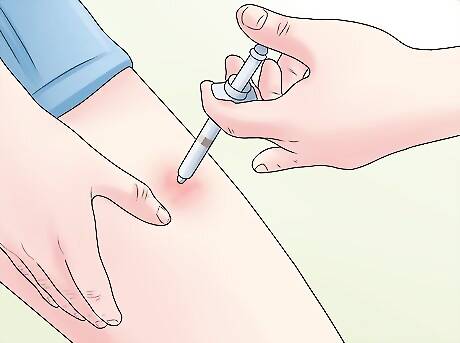
Know that there will be some tenderness where the vaccine gets injected. The bitten person may experience some tenderness, swelling, pain and redness at the injection site. These symptoms usually clear on their own and will generally not last more than 24 hours.
Recognizing Early Symptoms
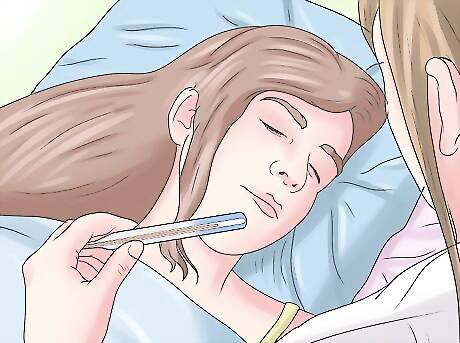
Check to see if the bitten person has a fever. This is where the bitten person will have a raised temperature above 37.6 degrees Celsius (98.6 degrees Fahrenheit). When your body senses a foreign invader, it creates a fever to burn the invading bacteria or virus out. Use a thermometer to see what the person's temperature is. If it is elevated above 98.6 degrees Fahrenheit, it means the person has a fever.
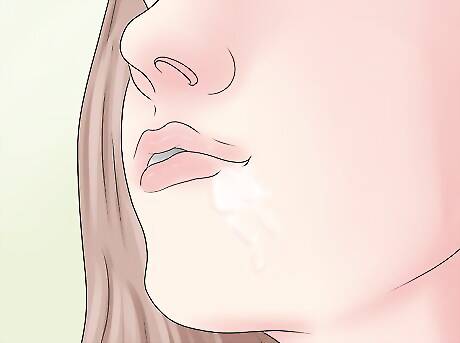
Look for any drooling. This is where the bitten person produces increased amounts of saliva. The saliva is caused by spasms that affect the muscles in your throat. The person will have pain when swallowing and therefore saliva will gather in his or her mouth. If you notice strings of drool (saliva) coming out of the person's mouth, you should consider this a red flag and get them to a hospital.
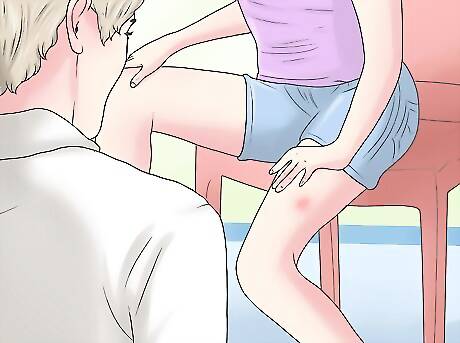
Monitor any tingling sensation that occurs. The tingling sensation could also be described like ‘pins and needles’, particularly in the spot where the bite occurred. This happens because the virus begins affecting the person’s nerves and causing damage to them. If the bitten person complains of feeling like there are needles pricking his or her skin, consider taking him or her to the hospital.
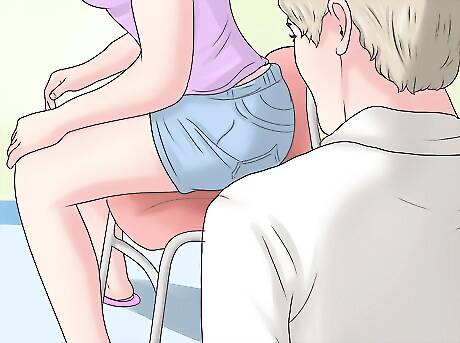
Look out for muscle contractions. A muscle contraction occurs when a person’s muscle moves but you didn’t mean for it to actually move. When muscles contract, they become very tight and do not relax. This can happen to just one part of the body, or it can happen in several parts of the body at once. Muscle contractions are another red flag that means you need to get that person to a hospital.
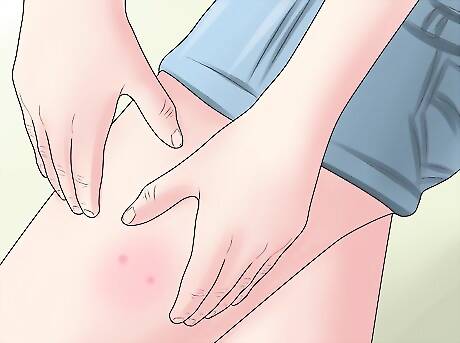
Pay attention to signs of pain at the place where the person was bitten. Injuries hurt and getting bitten is no different. The difference instead is that the nerves around the bite spot could be reacting to the virus, which is causing them pain. If the person begins to complain of pain in the area, monitor it for awhile. If the pain gets worse rather than getting better, go to the hospital.
Late Stage Symptoms and Hospitalization
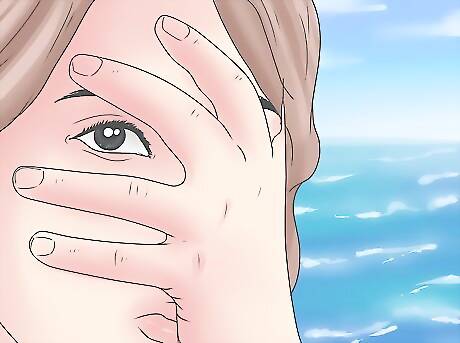
Monitor any hydrophobia that appears. Hydrophobia is the fear of water. This condition occurs when a bitten person enters into the late stage of rabies infection. He or she will go into a panic or have spasms at the sight, touch, or sound of water. Aerophobia (fear of breezes) and photophobia (fear of bright lights) have also been known to occur in people who have been infected with rabies.

Watch for convulsions. Convulsions start when the virus enters the bloodstream and gains access to the brain. Once in the brain, it starts to disrupt the brain’s functioning. This causes the bitten person to have uncontrolled jerky movements of the whole body or parts of the body. The person may develop aggression that can also lead to aggressive, jerky movements. If this happens, take measures to keep yourself clear of their saliva and rush them to a hospital.
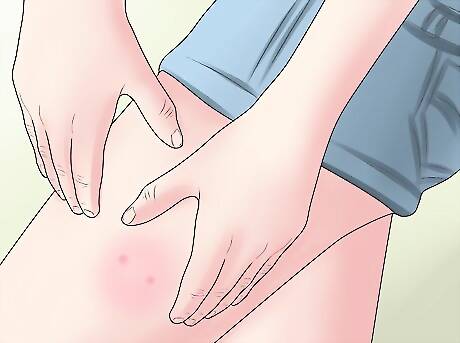
Pay attention to any numbness that the person complains of. When the virus begins affecting the nerves, it will make some parts of the body begin to lose sensation. This loss makes the bitten person feel numb in some parts of the body. The feeling is like if you had had anesthesia injected into a part of your body—you know that part of the body is there but you can't feel it.
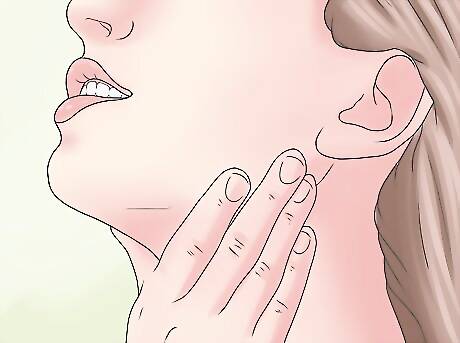
Monitor dysphagia as it occurs. Dysphagia means the person is having difficulty swallowing. The bitten person will have difficulty swallowing because the virus will cause the muscles in the throat to begin spasming. This can also lead to an increased amount of saliva, as described in the previous step. The person may also begin foaming at the mouth.
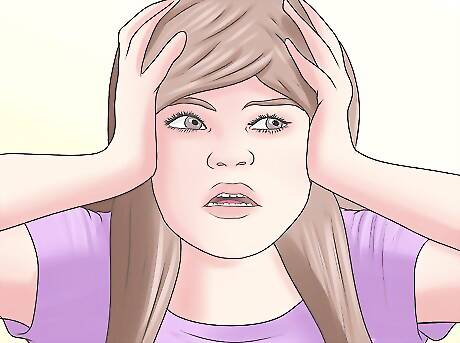
Note hallucinations that occur. The virus can make the bitten person have sensory impressions of things that are not present. This includes smelling things that are not there or seeing things that are not there. This is caused by the effect virus affecting the normal functioning of the brain. The person might begin talking to people that you can't see, or reacting to things that you aren't experiencing.
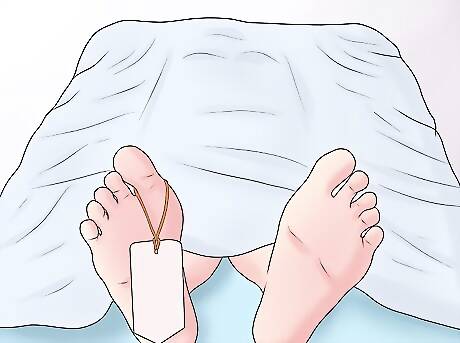
Understand that when specific symptoms of the rabies virus begin to show, there is a lower chance of survival. Unfortunately, when the symptoms of this condition are apparent, treatment will not help, and there is pretty much nothing that can be done to alter the course of the illness. These late stage symptoms will generally last for two to ten days, and will almost always result in death. There have been only two reported cases of survival after administering antiviral therapy in this late stage.
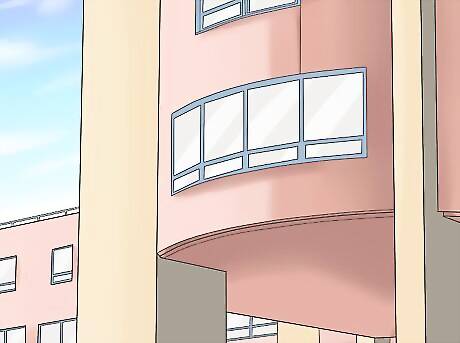
Take the bitten person to the hospital. If you think a person may have been bitten and then not treated right away, or if the person is exhibiting the symptoms listed in this section, you must get him or her to the hospital immediately.
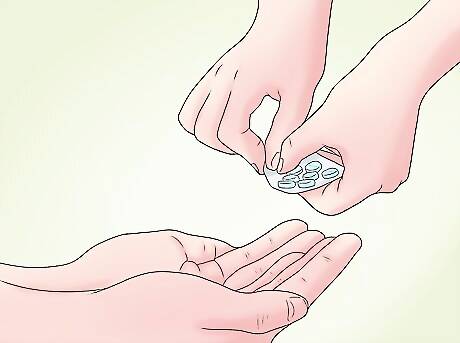
Be aware that the doctor will give the person supportive therapy to make the person as comfortable as possible. When there is a delay in treatment and the patient develops the symptoms, supportive treatment is usually given. The patient will be given powerful painkillers, tranquilizers and sedatives to help them be as comfortable as they can be.

Massage the areas where the muscle spasms occur. The areas of the body that have muscle spasms should be massaged and stretched to help in reducing the pain. This will be done by trained nurses.




















Comments
0 comment